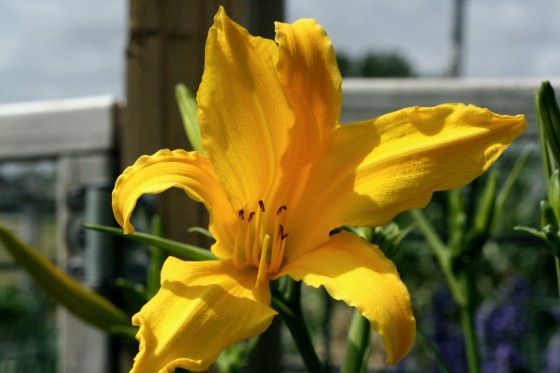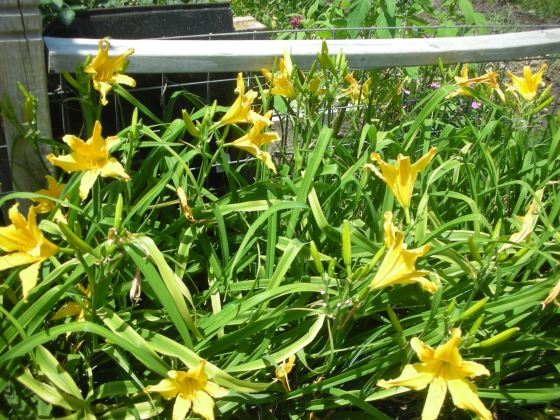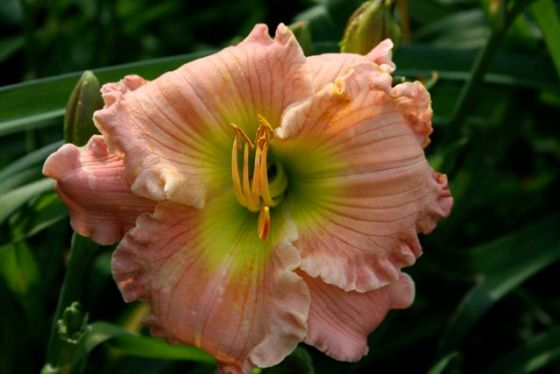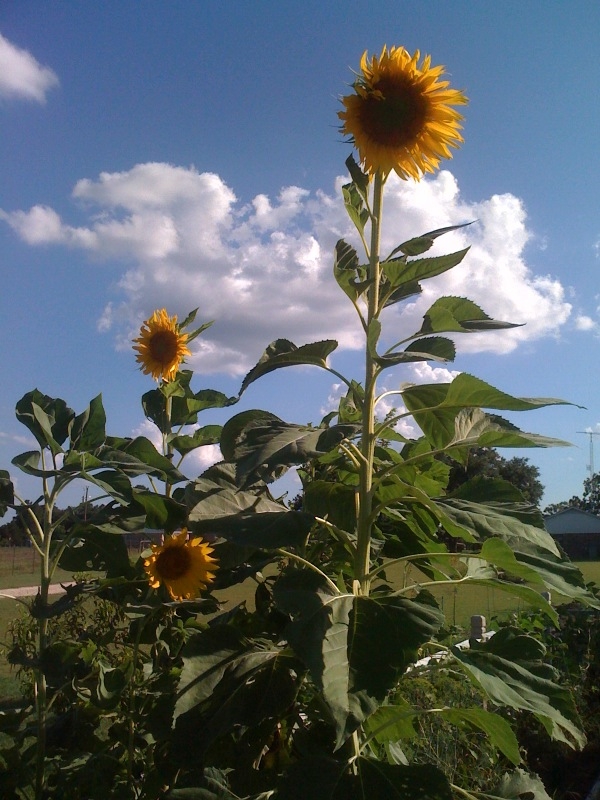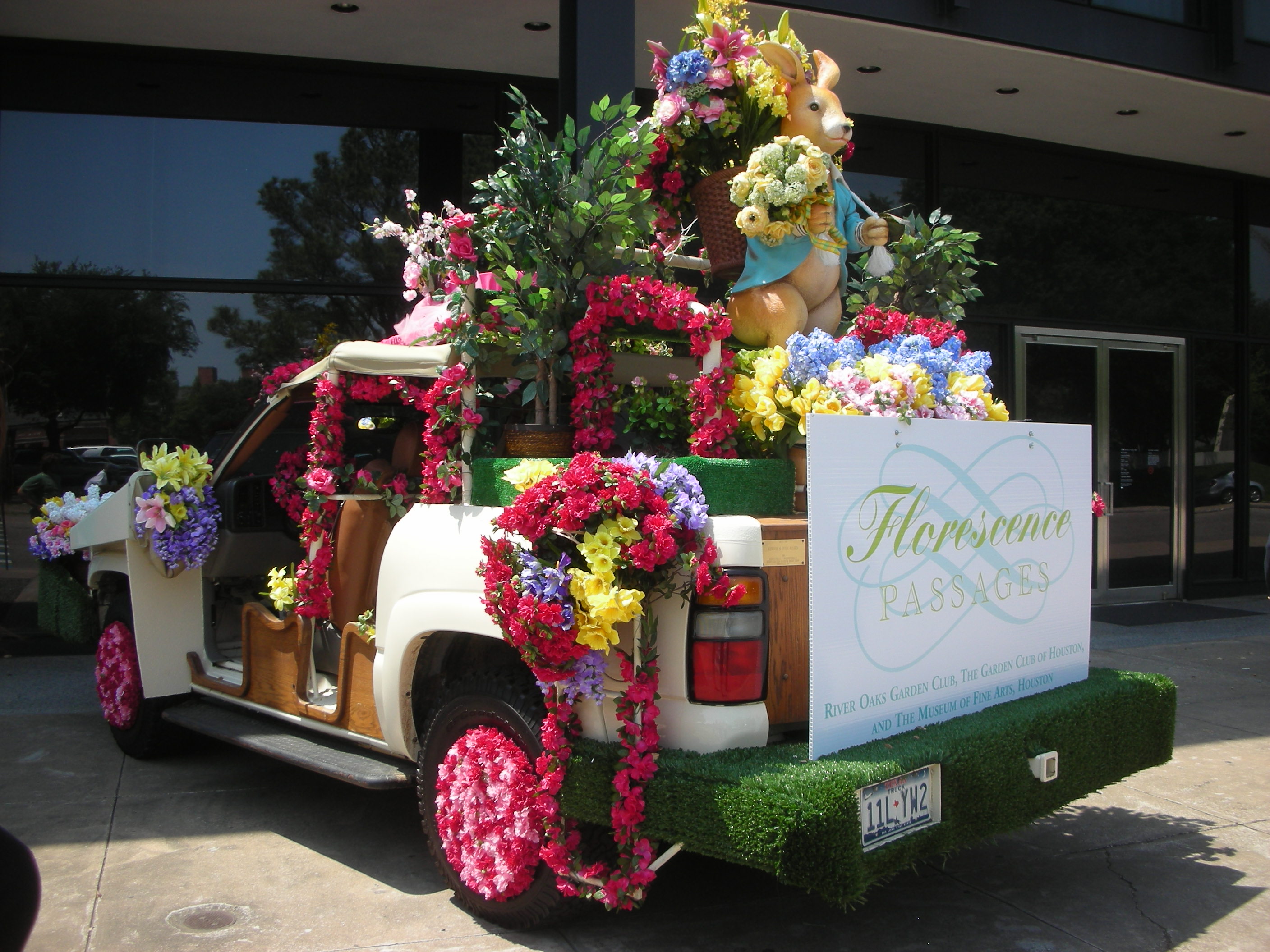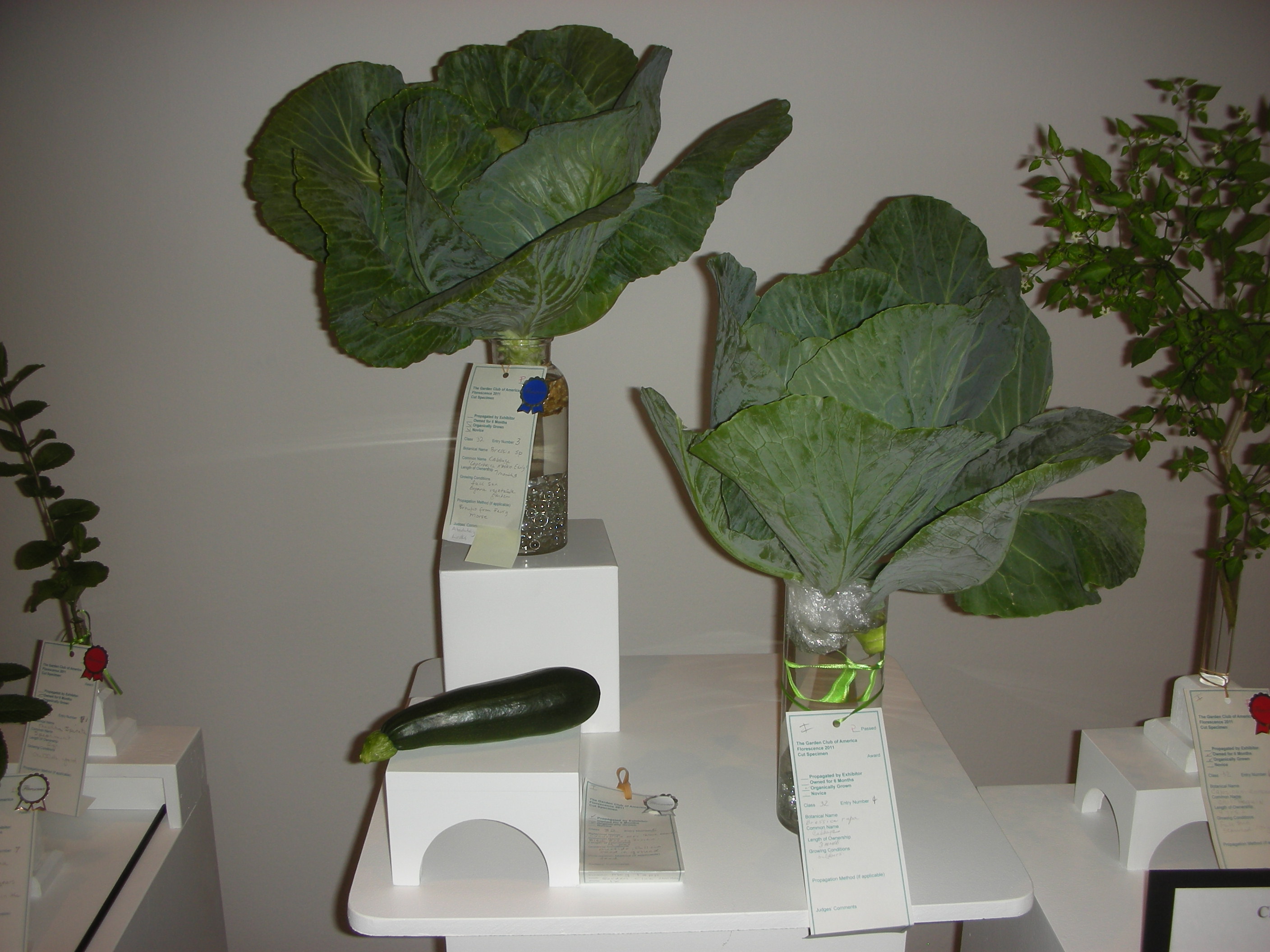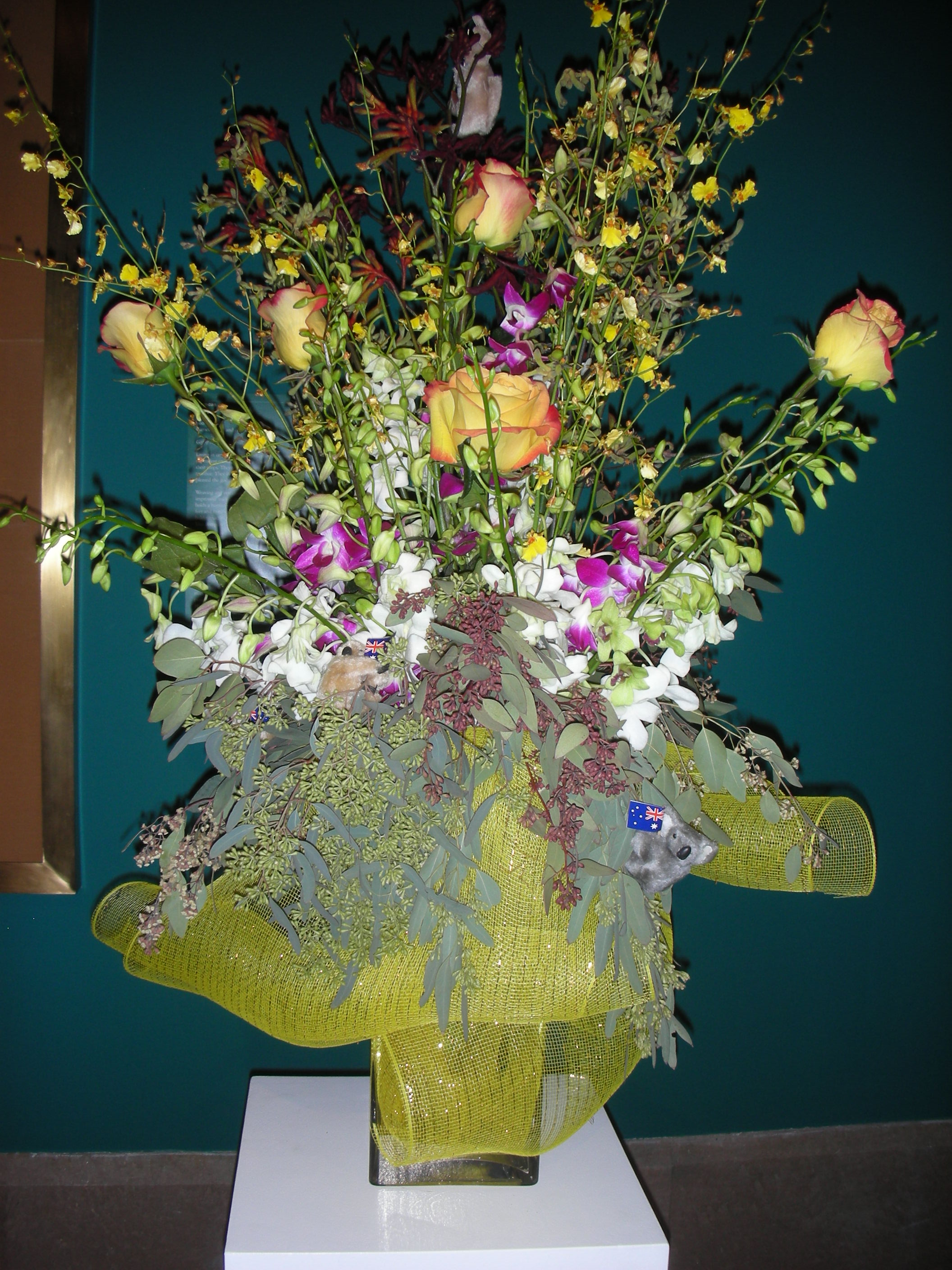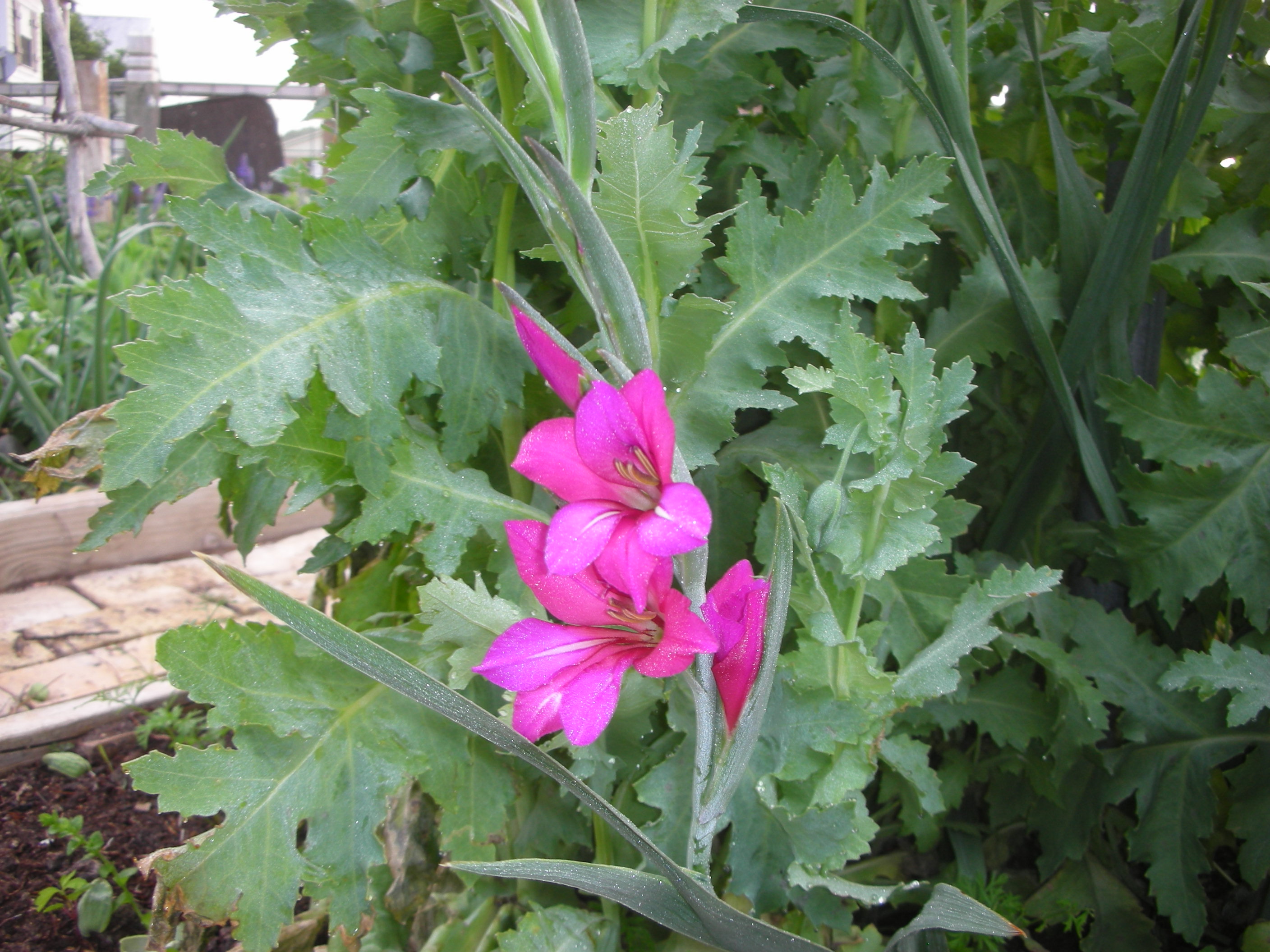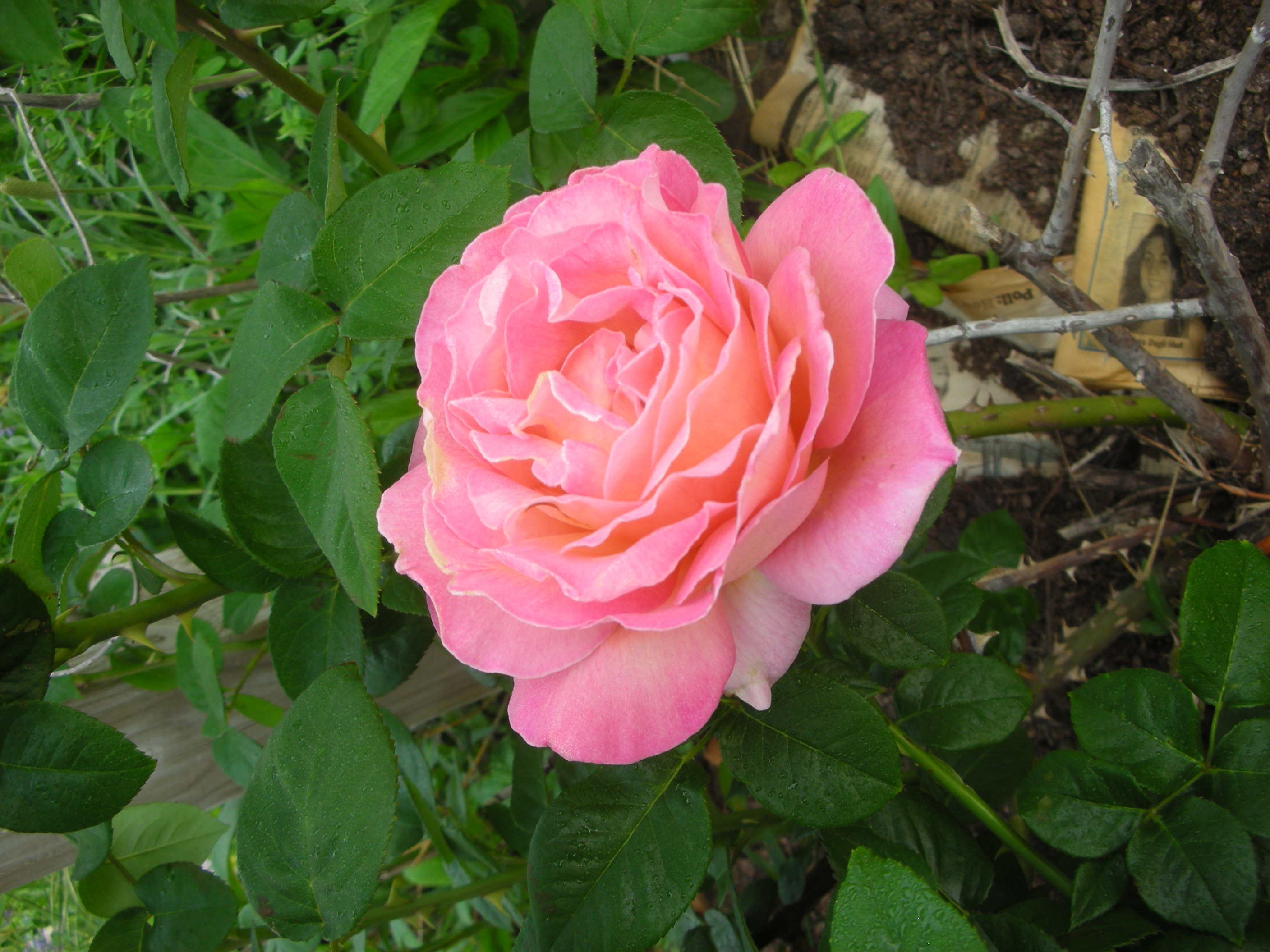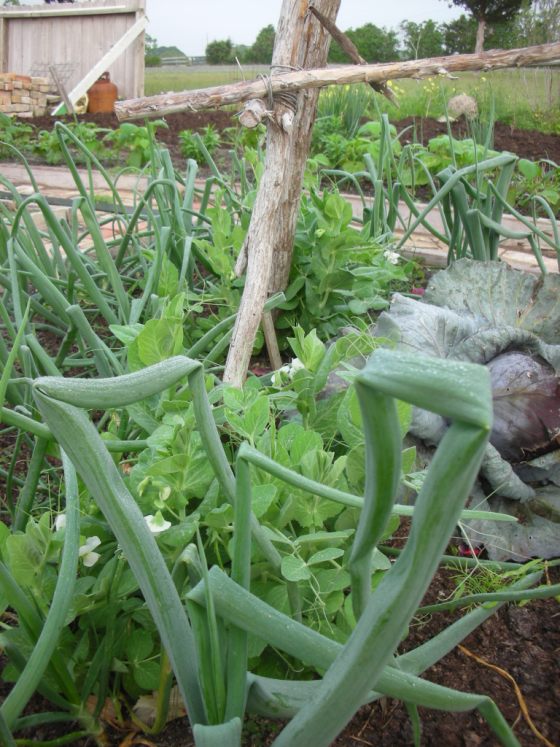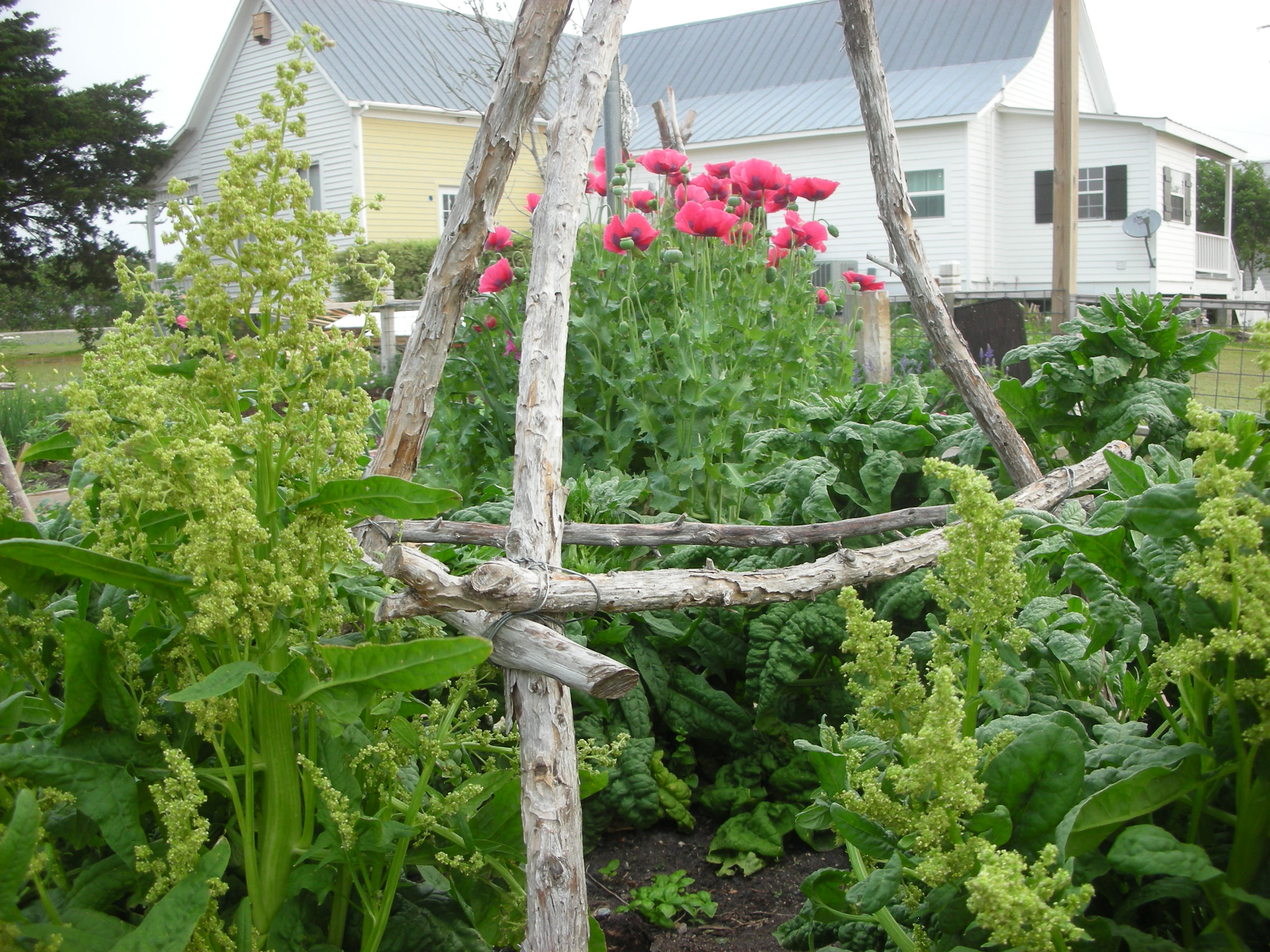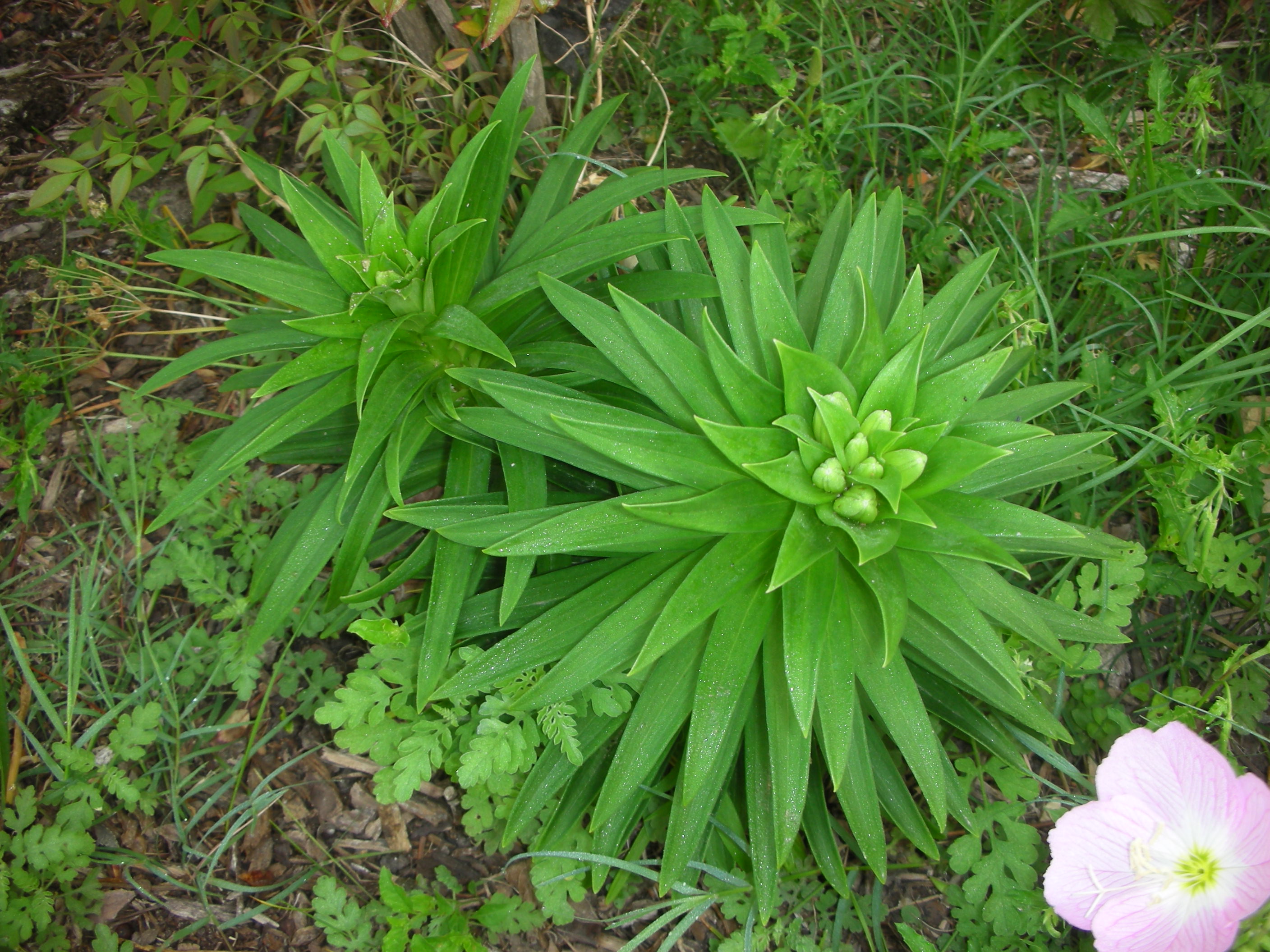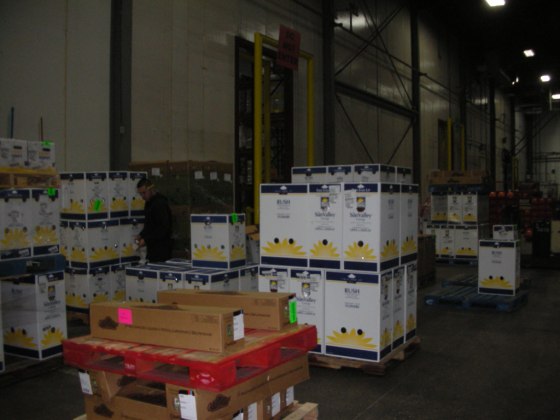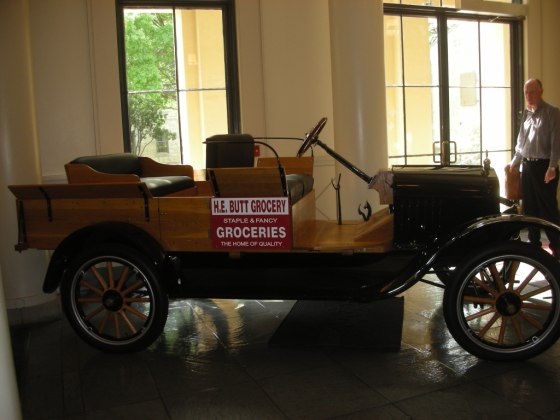
Lovely vitex that I got for $17 at Wal-Mart's summer close out. This tree was marked $69.99. It was very root bound so I did a lot of root spreading and trimming. Also trimmed back the top. You can see, it was well worth the $17 and the extra effort.
This may sound funny, but I hate buying plants. You see, I am cheap and plants are expensive. Even though I love getting new plants for the garden, I just cannot bring myself to pay what most nurseries want for their plants. Don’t get me wrong. I know a lot about the horticultural world and I know very well how much it costs to grow, market and ship a plant. The horticultural world has done a great job at keeping the prices for their products down. In fact, when you adjust for inflation, there has been no real growth in the price of bedding plants in the last ten years. However, I still hate paying full price. So, I don’t. I am constantly on the look-out for ways to increase my garden without depleting my checking account.
In the last month, I have purchased a lovely 7’ foot tall, three trunked Vitex (Vitex agnus-castus), two 7’ ornamental plum trees (Prunus cerasifera), two huge Southern wax myrtles (Myrica cerifera), three one gallon pots of variegated New Zealand flax (Phormium “Rainbow Queen”), three one gallon Purple Fountain grass (Pennisetum setaceum “Rubrum”) and a one gallon Broom plant (Genista racemosa). While the list may or may not be impressive to you, what I paid for it should be. I got all of these plants from the big boxes and I paid just $56! That is not a typo. I got five large trees and several large bedding plants for just $56. That averages out to just $5.10 per plant. How can that be?
I wish I could say that I was a master negotiator and I talked the owners of Wal-Mart and Lowe’s into selling me these fabulous plants for this ridiculously low price. However, that would be a lie. What really happened is this: Lowe’s and Wal-Mart are closing out their overstock from their spring buying. I just happened to be in the stores when this was happening.
Post season close outs happen twice a year at every nursery in America. If you want to get the good deals, then you need to pay attention to when the stores receive their new stock — and then buy at another time. In most of Texas, spring stock usually arrives around late February or early March and the fall shipments start coming by late August. Armed with this knowledge, you can save a lot of money by purchasing your plants off peak.
If you buy off-season, you need to keep a few things in mind. First, you can realistically only buy perennials off-season. Annuals (which usually mean Spring and Fall color) are only good for a short season. It will not do you any good to buy pansies in July or mums in January. However, if you want a good deal on loropetalum or New Zealand flax, then you can buy and plant them anytime of the year. With a little care, you can plant perennials after their off-peak selling season and they will become beautiful, well established plantings in next year’s garden.
If you buy off-season, you will have limited availability. If there is a particular plant that you want and it absolutely has to be that plant, then you probably shouldn’t gamble that it will still be there at the end of the season. Go ahead and buy it. I have done it and there is no shame in paying retail. However, if you garden more by form and color than by specific plant, there is a good chance you will find many things left in the nursery at the end of the season that will work somewhere in your garden.
One of my beds has wound up with a lot of purples in it: fall asters, liatrus and castor bean. So I needed some yellow to compliment and break up all of that purple. That is why I bought the variegated New Zealand flax. The light green and yellow foliage and the upright, grass like form will be a great contrast to the mounding asters and the spiky liatrus. This flax was $7.99 in March. I got it $2 in June.
Another problem with off-season plants is the fact that they have been in the pot for so long. When you remove these plants from their pot, many will be completely root bound. That is no problem to the experienced gardener. If you buy a root bound plant, simply unwind what you can and trim off the rest. The plant will actually thank you for this. Also remember that the top of the plant should be in balance with the bottom. If you cut many of the roots you will need to prune the top as well.
Finally, if you buy off-season you are going to have to give these plants a little extra TLC once they are planted. Once they are in the ground, make sure they receive enough water to keep them from going into stress. If you give them a little extra care, they will grow and thrive just like the plants that your neighbors bought in season and paid full retail for.
There are many, many beautiful things to buy in the nursery. I wish I could afford them all. Since I can’t, I buy what I can off-season. If you are willing to wait, are flexible in your design and willing to give your off-season purchases a little extra TLC then you can have a very full and beautiful garden that didn’t drain your bank account!




